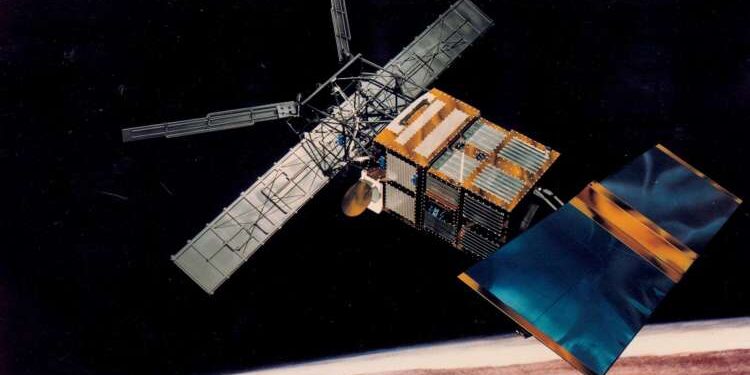A European satellite launched in 1995 must fall back on our planet this Wednesday, February 21. The Tunis City of Sciences says it follows this operation.
The European Satellite-2 European Satensing must return to Earth this Wednesday, February 21 and consume itself in the atmosphere. We do not know where, nor when it will fall on the planet, but the operation promises to be without risk for humans, estimates the international space agency.
The European Center for Spatial Operations (ESOC) of the ESA provides for the final start of the satellite in the low layers of the atmosphere for Wednesday at 11:14 GMT, with a margin of uncertainty of more or less 9 hours.
“The City of Sciences in Tunis follows the uncontrolled entry into the earth’s terrestrial atmosphere of the European Satellite of Earth Observation, ERS-2, launched by the European Space Agency (ESA) in 1995 and which has not been in service for 13 years,” said the scientific supervisor of Hichem Ben Yahya. He added that the satellite should consume almost entirely in the atmosphere on Wednesday, February 21, 2024.
Most of the 2.3 tonnes of ERS-2 must be consumed when it reaches the low layers of the atmosphere on Wednesday, about 80 km above sea level. “It is estimated that the biggest fragment of the satellite that can reach the ground is 52 kg,” said Henri Laur last week, the Earth observation management at ESA.








